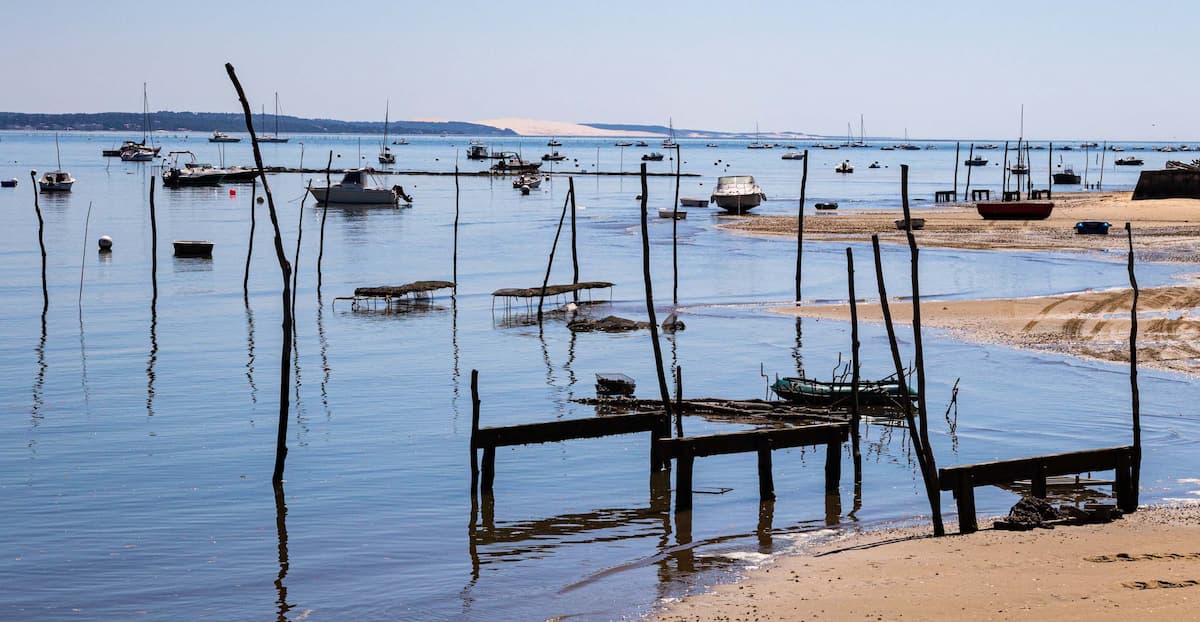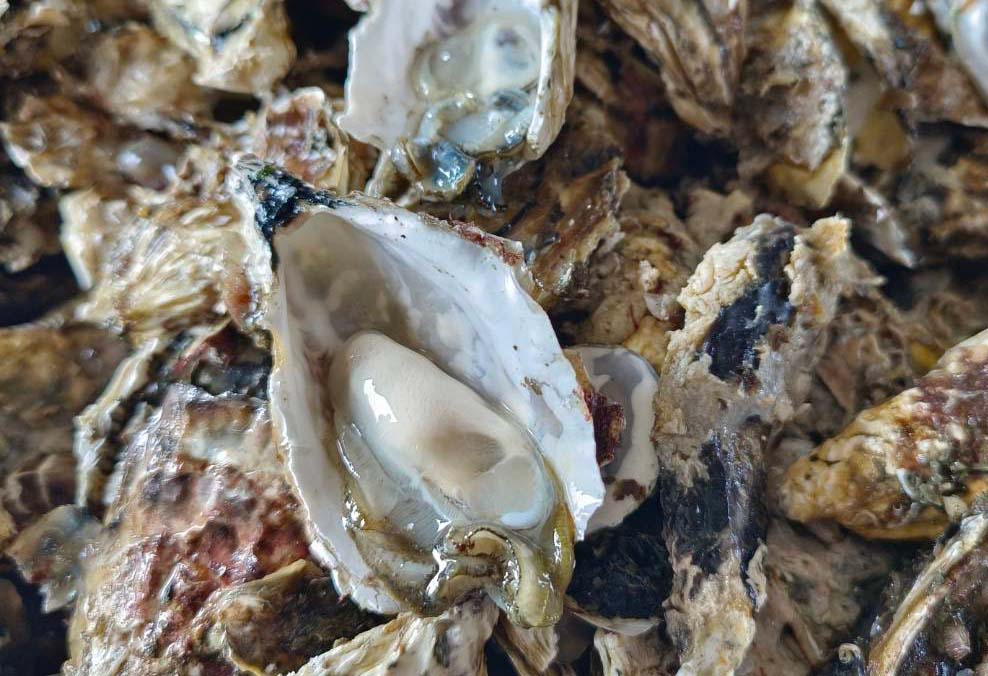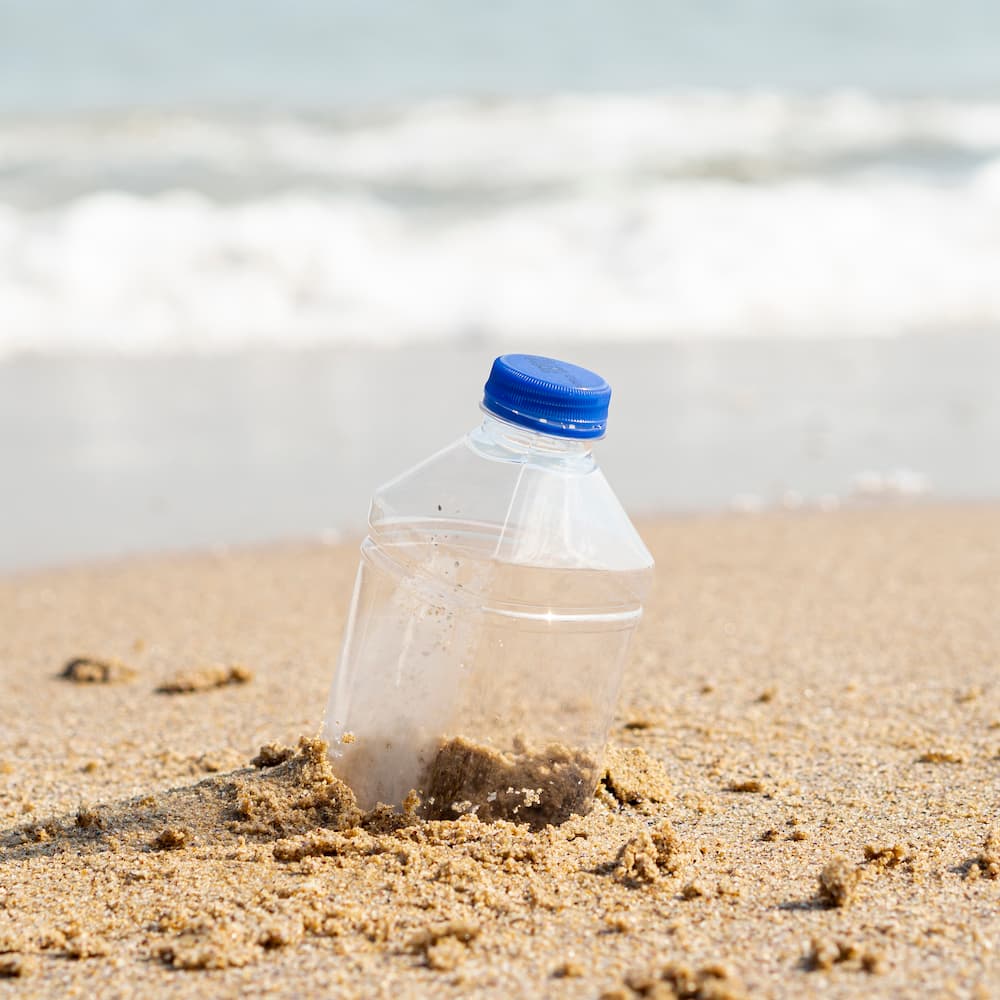In Taiwan, oyster farming has been around for over 300 years. Through the careful cultivation of farmers, oysters have become one of Taiwan's most famous delicacies.From upscale restaurants to local night markets, people can indulge in abundant oyster meals. However, what the Taiwanese people have overlooked is the waste behind these "bombs."




The accumulation of discarded oyster shells behind the delicacy not only pollutes the environment but also generates a tremendous foul odor, causing significant impacts on the marine environment.






The transformative magic of discarded oyster shells
After years of learning and research, we have successfully discovered a method to enhance the value of these discarded shells. By combining them with recycled PET bottles, we have created a groundbreaking technology that can be applied in the textile industry.
Doubles the insulation effect against cold
Offers protection against sunburn and melanin deposition on the skin
Effectively raises body temperature
Free from any strong or pungent odors
Excellent elasticity and resistant to deformation
©Copyright 2023. All Rights Reserved. Creative Tech Textile Co., LTD.




©Copyright 2023. All Rights Reserved. Creative Tech Textile Co., LTD.